Artikel: The 4 Cs of Natural Diamonds Explained: A Complete Guide
The 4 Cs of Natural Diamonds Explained: A Complete Guide
When shopping for a natural diamond, understanding the 4 Cs—Cut, Color, Clarity, and Carat Weight—is essential. These factors determine a diamond’s quality, beauty, and value. Whether you’re buying an engagement ring or a special piece of jewelry, knowing how the 4 Cs work will help you make an informed decision.

1. Cut: The Sparkle Factor
The cut of a diamond refers to how well it has been shaped and faceted, affecting its brilliance, fire, and scintillation.
Why Cut Matters
-
A well-cut diamond reflects light beautifully, creating maximum sparkle.
-
Poorly cut diamonds may appear dull, even if they have high color and clarity grades.
Cut Grades (GIA Scale)
-
Excellent/Ideal: Exceptional brilliance and fire.
-
Very Good: High sparkle, slightly less precise than Ideal.
-
Good: Decent brilliance but may sacrifice some light performance.
-
Fair/Poor: Noticeably less sparkle due to shallow or deep cuts.
Pro Tip: For the best sparkle, prioritize Excellent or Very Good cut grades, especially in round brilliant diamonds.

2. Color: The Hue of Purity
Diamond color measures how colorless a diamond is. The less color, the higher the grade (and value).
GIA Color Grading Scale (D-Z)
-
D-F: Colorless (Rarest and most expensive).
-
G-J: Near Colorless (Slight warmth, excellent value).
-
K-M: Faint Yellow (Noticeable tint, budget-friendly).
-
N-Z: Light Yellow/Brown (Warm tones, less expensive).
Choosing the Right Color
-
For white gold/platinum settings, D-F diamonds look brightest.
-
For yellow/rose gold, G-J diamonds blend beautifully.
-
Fancy colored diamonds (e.g., pink, blue) follow a different grading system.
Pro Tip: A G or H color diamond offers near-colorless beauty at a lower cost than D-F grades.

3. Clarity: Flaws and Inclusions
Clarity refers to internal (inclusions) and external (blemishes) imperfections.
GIA Clarity Scale
-
Flawless (FL) & Internally Flawless (IF): No visible inclusions under 10x magnification (extremely rare).
-
Very Very Slightly Included (VVS1-VVS2): Tiny inclusions, hard to detect.
-
Very Slightly Included (VS1-VS2): Minor inclusions, invisible to the naked eye.
-
Slightly Included (SI1-SI2): Noticeable under magnification, but often eye-clean.
-
Included (I1-I3): Visible inclusions, may affect brilliance.
Choosing Clarity
-
VS2 or SI1 diamonds often appear flawless to the naked eye.
-
SI2 and below may have visible flaws, depending on size and placement.
Pro Tip: For a balance of quality and value, VS2 or SI1 clarity is ideal for most buyers.

4. Carat Weight: Size Matters
Carat weight measures a diamond’s size (1 carat = 0.2 grams).
How Carat Affects Price
-
Larger diamonds are rarer and more expensive.
-
Prices jump at milestone weights (0.5ct, 1ct, 2ct, etc.).
Choosing the Right Carat
-
Consider finger size (larger hands can carry bigger diamonds well).
-
Cut quality affects how large a diamond appears.
-
Budget-friendly tip: A 0.9ct diamond looks nearly identical to a 1ct but costs significantly less.
Pro Tip: Focus on cut and proportions over carat alone—a well-cut 0.8ct diamond can outshine a poorly cut 1ct stone.

Final Thoughts: Balancing the 4 Cs
-
Best Overall Value: G-H color, VS2-SI1 clarity, Excellent/Very Good cut, 0.7-1.5 carats.
-
Budget-Conscious Pick: I-J color, SI1-SI2 clarity, Good cut, under 1 carat.
-
Luxury Choice: D-F color, VVS clarity, Ideal cut, 2+ carats.
Bonus Tip: Certification Matters
Always buy diamonds with GIA or AGS certification for accurate grading.
By understanding the 4 Cs, you can confidently choose a diamond that fits your style, budget, and quality expectations.


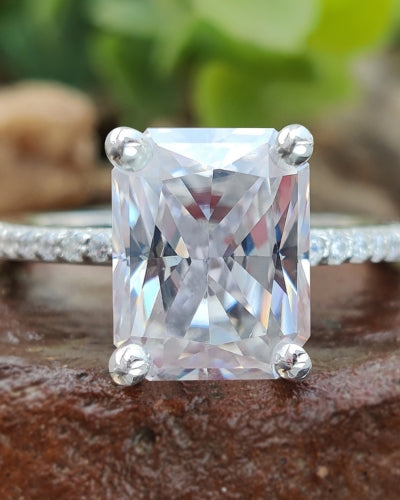
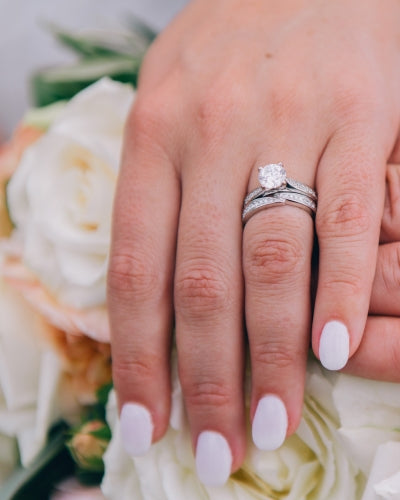
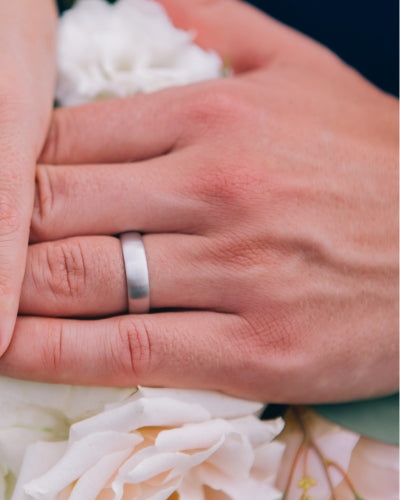
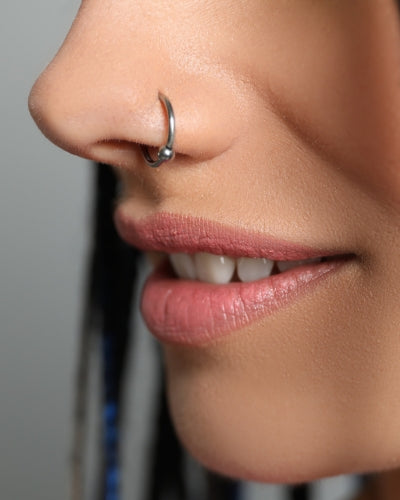
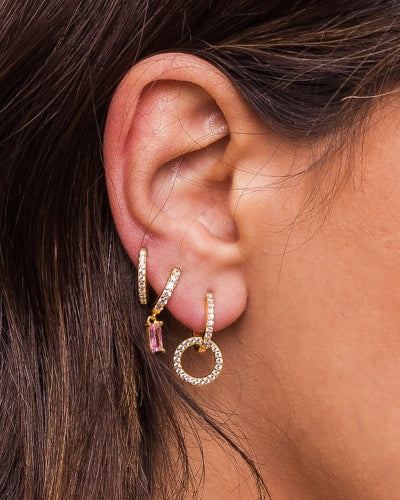
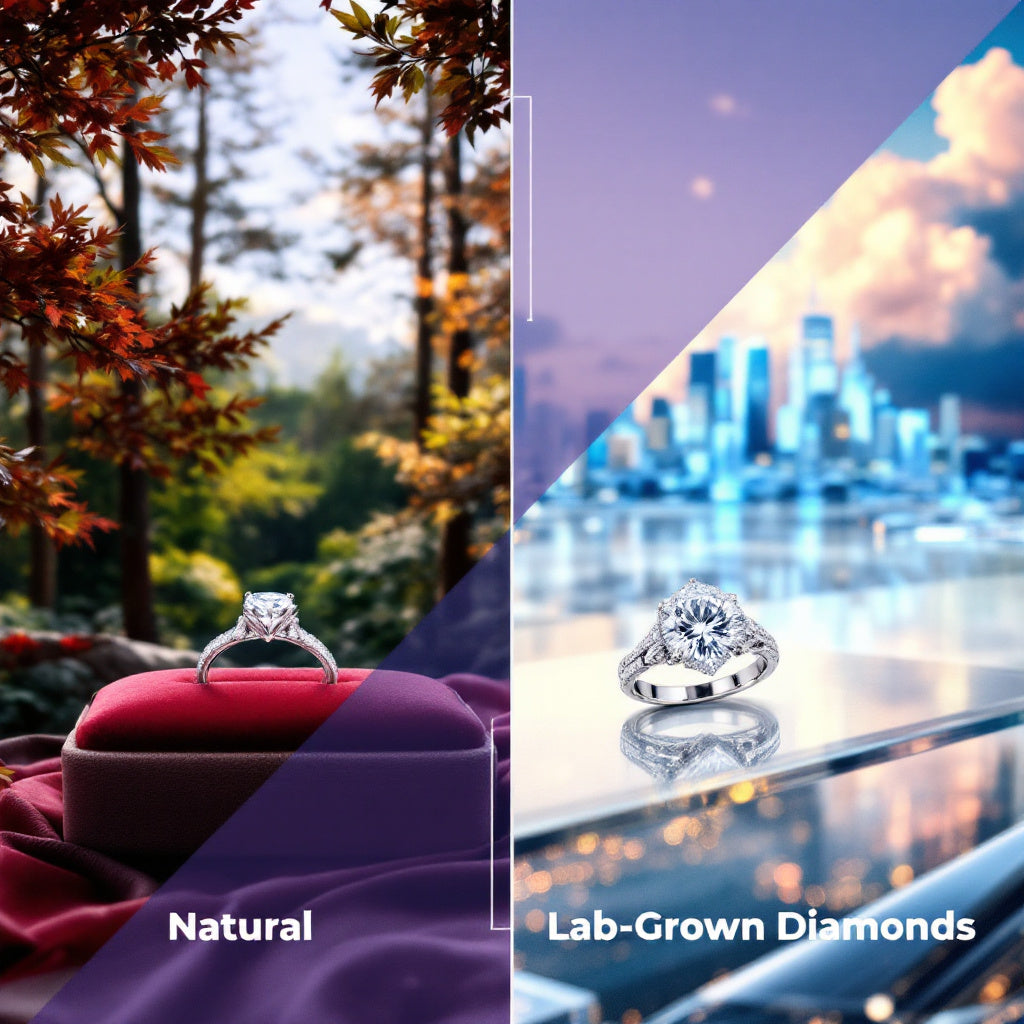
Hinterlasse einen Kommentar
Diese Website ist durch hCaptcha geschützt und es gelten die allgemeinen Geschäftsbedingungen und Datenschutzbestimmungen von hCaptcha.